Main Menu
5 Unusual Things Ultrarunning has Taught Me

Sara Aranda has a B.A. in Creative Writing from the University of California, Riverside and currently resides along the Front Range of Colorado in her white whale (van) with her husband and endless snacks. From running to climbing to lazy afternoons, she enjoys contemplating the intersection of writing and the body, of adventure and art. Her work has been published in Alpinist Magazine, The Climbing Zine, Boulder Weekly, The American Poetry Review, among others. She hopes to explore her mestiza family heritage more in the future and channel collaborative work with her artistic siblings.
Share This Article!
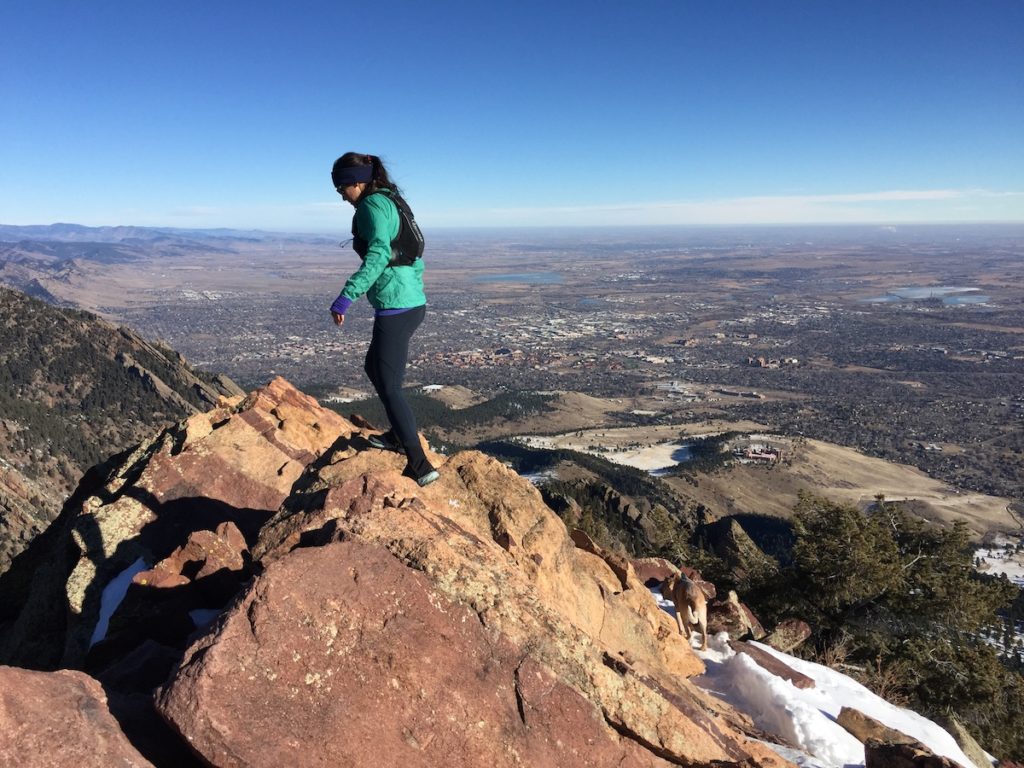
As someone who is fairly new to the ultrarunning scene (less than 2 years in at this point), I’ve been learning and discovering interesting nuances in the body, the training process, and everything that transpires between the two. There are certain books written about all the things running will/can/could/should/would teach you. But there are a handful of notions that I find funny or liberating that I’d like to highlight from my own (not-so-graceful) journey.
Ultrarunning has taught me…
- How to eat while running.
Multitasking at its finest, eating while simultaneously running is quite the tango in the mouth. Eating enough food is already tricky when you’re exerting yourself over long periods of time. I don’t race very much, but I do love training for Fastest Known Times, and stopping to eat is likely the first thing I forgo. So how does one eat while running? Well, grossly. I had to figure out how to balance food with tongue and heavy mouth-breathing. I’m sure many of us were told growing up to not eat with our mouths open, but out there on the trails, we gotta do what we gotta do, right? I definitely feel no shame when I’m huffing up a hill and eating cookies at the same time.
Admittedly, there is strategy involved. Steep uphills are a good place to eat since you’re already moving slower, leaving the downhills for faster focus (plus, less chances of tripping and choking). Sure, nose-breathing is deemed by society as the safe and modest way to go about it, but the chances of your heart rate being slow enough to nose-breathe is very low; and let’s face it, you’ve likely surpassed sanity hours ago. You’re sweating profusely, you’re mouth breathing in no one’s ears but your own, and you’re having visions of finding ramen bowls in the grass—chew away.
- How to run slow.
My nurtured perfectionism growing up had me always sprinting during Junior High School P.E. Once a week we ran a mile and you’d earn a star every time you ran faster than a certain time. I was that girl with her P.E. shirt covered in stars, and during a makeup run after school one day, I explicitly remember my teacher yelling to me across the field, “Sara, this isn’t a race!” Fast-forward to college, my athletic ambitions led me to the sprint triathlon, but I had no idea that I was overtraining. How do I know that now? Back then, I was already dealing with overuse injuries. I remember having signs of tendonitis in my iliotibial band, but a local 5k race was coming up and I ran it anyway (because I knew I’d win, which I did). After, I could barely walk for over a month, the tendonitis was so painful. I just assumed my body wasn’t made for long distances or high volume training.
Fast-forward again, after years and years of more overuse injuries, I was about to turn 30 and had never run a marathon. So I set a “dirty-30” goal to run 30 miles, and because of my older, wiser self, I trained more mindfully and, voila, I succeeded. This confirmed that it wasn’t about my body being incapable, it was literally about how I was training.
But what really changed my perception of how fast one should run when training is the book Training for the Uphill Athlete by Steve House, Kilian Jornet, and Scott Johnston. I was immediately hooked on the idea of long runs in the mountains (watch out FKT scene/white boy club), but to do that, I had to learn to not strive to be fast all the time. For my perfectionist, outward-validated self, this meant I also needed to nurture more self-acceptance and confront implicit biases regarding speed and ableism. Slow running became my best friend (my husband is only slightly jealous). And by slow, I mean a pace you can easily nose-breathe/breathe calmly, enjoy the spring blooms, and contemplate all the ways in which you can be a better ally to Justice, Diversity, Equality, and Inclusion.
- My body sometimes speaks to me via pop art.
When training is getting tough and my metabolism is already a monster in the kitchen, the intense cravings I’ve experienced during long runs have taught me a lot about the different ways in which the body is capable of speaking. The saying is true: the body has its own mind. I grab skittles from my vest and my head shakes no, so I grab my plantain chips instead and my mouth waters like an open faucet (I’m exaggerating a little). But ultrarunning breaks down a lot of barriers between the mind and the body, and it’s quite the experience to feel very strongly about what type of fuel the body actually needs at a given point in time. What’s funnier though, is when your imagination starts tormenting you with visions of giant bowls of, yes, ramen and ice-cold La Croix the size of marmots, all the flavors lined up like an Elaine Sturtevant replica of an Andy Warhol painting (get it, gxrl).
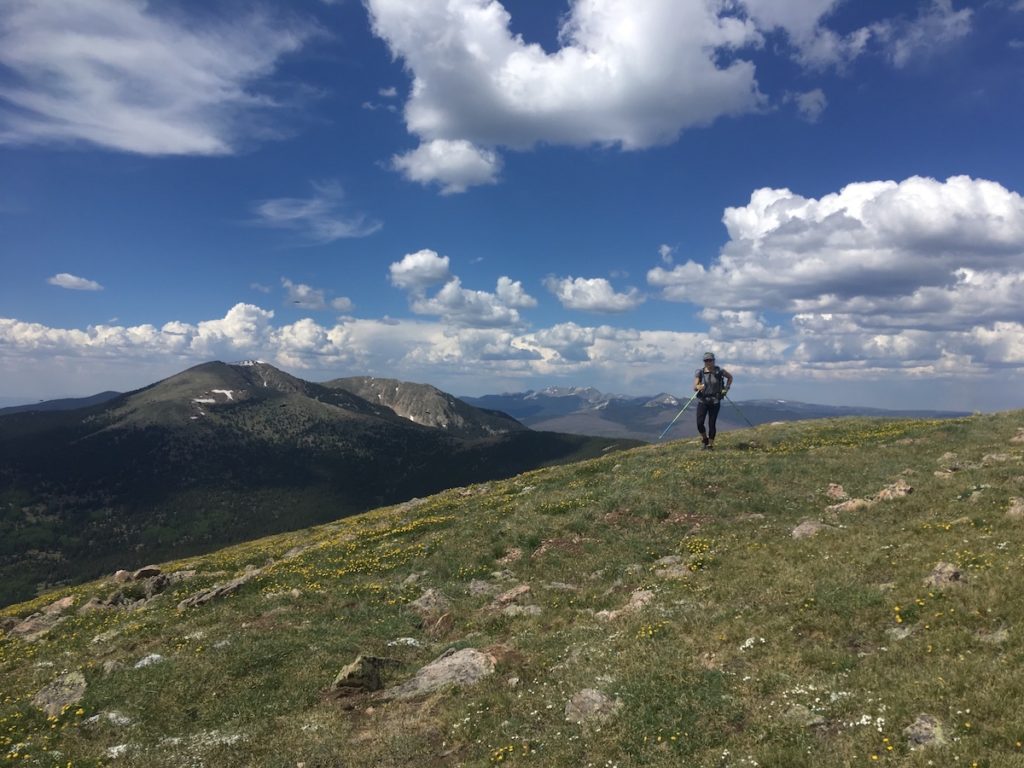
However, the goal is to actually never reach these points of intense cravings and semi-hallucinations. These expressions of the body can be side-effects of possible dehydration, a lack of nutrients, and over-exertion. So, I don’t want to romanticize such voluntary suffering. The experience is rather trippy….maybe only a little scary. But drink up, eat well, and listen to your cravings—radical, I know—nonverbal communication extends to our most basic needs.
- We have tiny muscles called tensor fasciae latae (coffee anyone?).
This muscle (TFL for short) lives at the top of the outer thigh and plays a huge role in the function of the infamous IT band (iliotibial band). With some help from our glutes, the TFL acts to balance the pelvis with the position of the lower leg. It also takes part in hip abduction (moving the leg away from the body’s midline). When we run, as you know, we spend a lot of time balancing on one leg. This demands a lot of work from the TFL. Runners are notorious for having tight IT bands and a TFL-glute imbalance is likely why.
Last year, I strained my right psoas (another fun but brutal muscle you never want to strain), which began pulling my hips out of alignment, which caused my iliacus to tighten, then my TFL, etc. etc. (all thanks to an overzealous 30-day ab challenge…not worth it). But learning some key anatomy from a massage therapist was neat and empowering. I felt I was able to better visualize the mechanics of my running more, which also helped me broaden my physical training homework. This experience iterated to me a growing commitment to rest and recovery (stretching, foam rolling) because it further proved to me how deeply connected all our muscle groups are (oh, you have pain in the knee? It’s probably your butt or your hamstring or your upper back or…). And well, now that I’m over 30 I wish I had known these details about the body when I was young and ready to rage through pain for a silly 5k win.
- How to try.
I’m sure you’ve all heard it: “You don’t know till you try.” But what does trying actually look like for you? The person shouting the cliché is likely envisioning one foot in front of the other, but that might not be the case for you. Ultrarunning has taught me a lot more about how trying fits into my life, that trying is an expression of curiosity, and it is a serious dialogue with your prior experiences/perceptions/insecurities. There are different levels of trying, and they are all okay. My energy levels shift all the time, my menstrual cycle is a cycle of change, and my sense of self morphs and adapts and breathes. Trying might be napping one day and going after a personal record the next. Maybe it’s eating ice cream, which then reminds me I’m somewhat lactose intolerant, so I try non-dairy instead, but I thank my body for being so understanding. Maybe it’s looking into the mirror and saying nothing. Maybe it’s creating a list or drawing or dreaming, crossing things off when they’re done, drawing circles around the things I’ve yet to start, maybe never will. I can stare at my feet, acknowledge the land, celebrate my legs without ever moving. It isn’t really about one foot in front of the other. It’s about the thoughts, the intentions you have with yourself and others, the permissions you give and receive. To be honest, trying is just the story of my life, and I’m stoked that ultra running can be yet another expression of it.
About the Author

Sara Aranda has a B.A. in Creative Writing from the University of California, Riverside and currently resides along the Front Range of Colorado in her white whale (van) with her husband and endless snacks. From running to climbing to lazy afternoons, she enjoys contemplating the intersection of writing and the body, of adventure and art. Her work has been published in Alpinist Magazine, The Climbing Zine, Boulder Weekly, The American Poetry Review, among others. She hopes to explore her mestiza family heritage more in the future and channel collaborative work with her artistic siblings.
Share This Article!

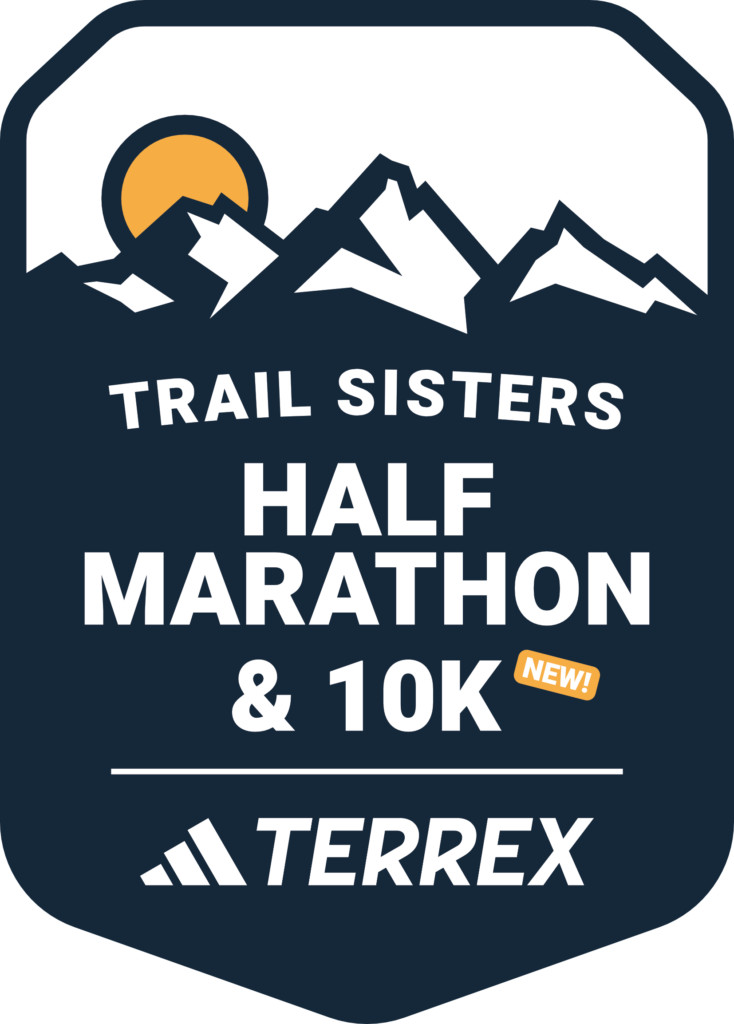
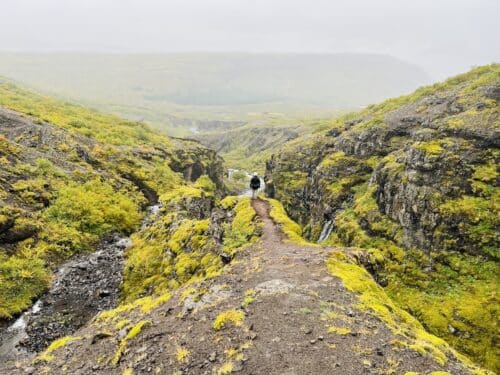
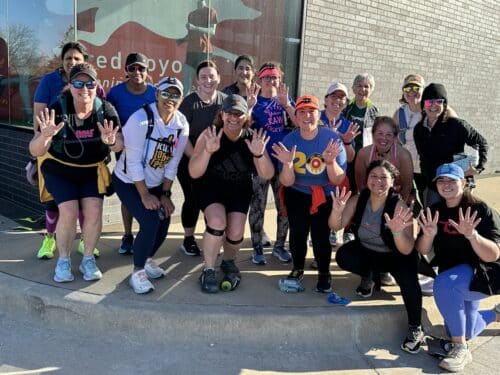

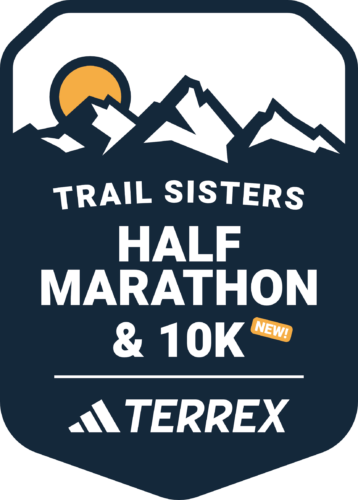

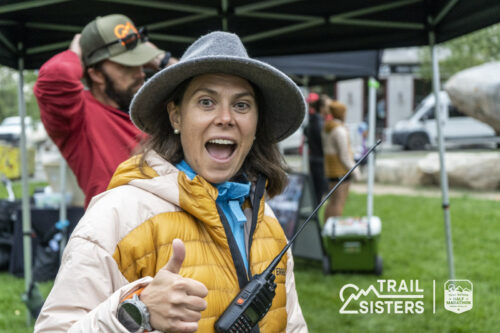
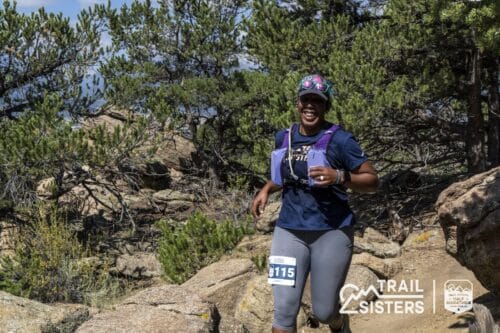
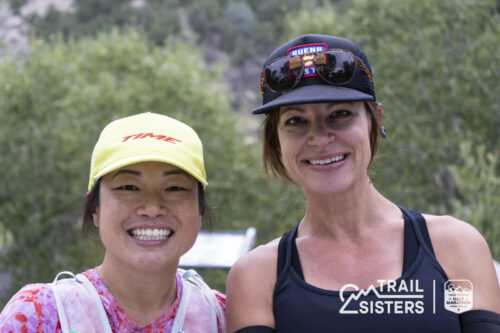
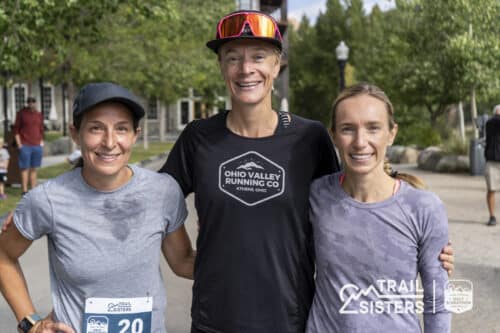
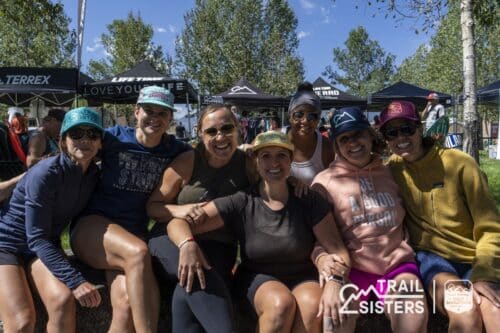
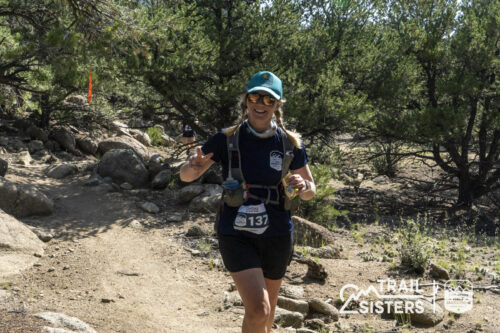
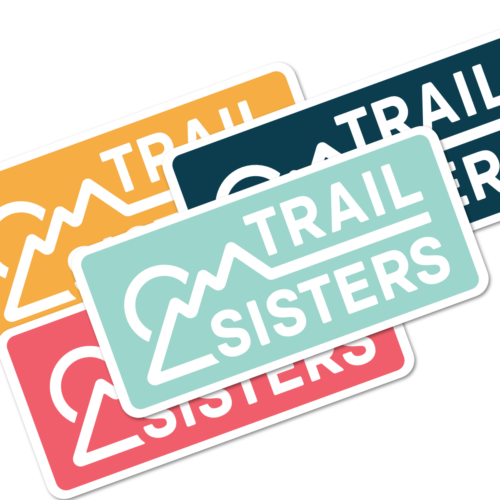


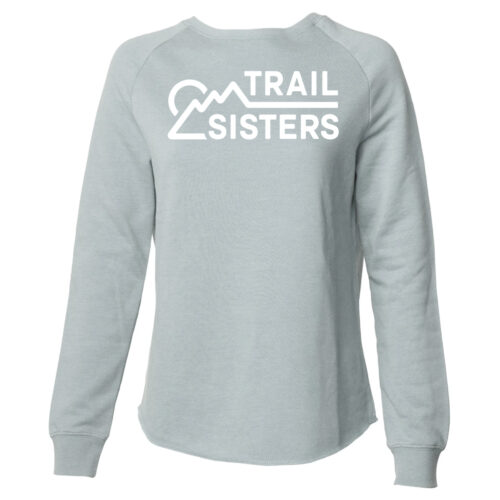
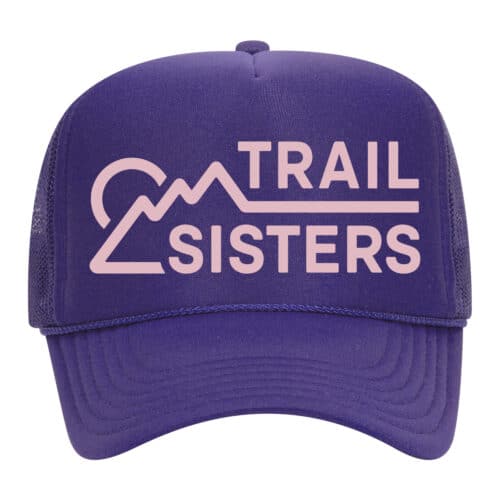


One Response
Enjoyed your article, I had to comment on the “The saying is true: the body has its own mind.” comment about food. So incredibly true!!! I will honestly look forward to getting to an aid station and “seeing” what my body decided it wants. It’s always a mystery until you see that sad PBJ 1/4 piece and its like BAM that’s it!!!
Except chicken soup late in a race, its always ok!
Jack